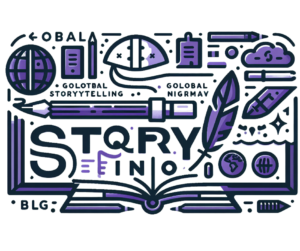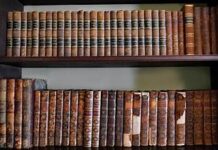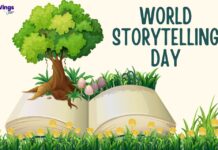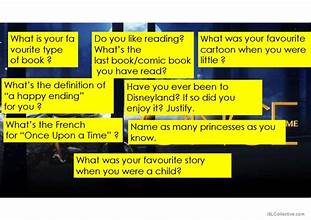In the ever-evolving landscape of literature and media, modern fairy tales have emerged as a significant force shaping contemporary storytelling. These revitalized narratives, rooted in traditional folklore but adapted for today’s audience, are influencing various forms of media and literary genres. This article explores how modern fairy tales are redefining contemporary literature and media, highlighting their impact on storytelling, character development, and thematic exploration.
The Evolution of Fairy Tales
Fairy tales have been an integral part of cultural storytelling for centuries. Traditionally, these tales were passed down orally and later transcribed, capturing the imagination of generations with their fantastical elements and moral lessons. Classic fairy tales by authors such as the Brothers Grimm and Hans Christian Andersen established foundational narratives that have influenced countless works of literature and media.
However, the modern reinterpretation of fairy tales has brought a fresh perspective to these age-old stories. Contemporary adaptations often challenge traditional norms, offering new insights into familiar tales. This evolution reflects broader societal changes and cultural shifts, making fairy tales more relevant and resonant with today’s audiences.
Modern Fairy Tales in Literature
Modern fairy tales are increasingly prevalent in contemporary literature. Authors are reimagining classic tales, infusing them with fresh elements and complex themes. This genre crossover introduces readers to innovative narratives that blend traditional fairy tale motifs with modern sensibilities.
1. Reimagined Classics
One notable trend is the reimagining of classic fairy tales. Authors like Gregory Maguire with “Wicked” and Marissa Meyer with “The Lunar Chronicles” have created novels that reframe well-known tales. By exploring the backstories and alternate perspectives of familiar characters, these works offer a nuanced take on classic narratives. This approach not only revitalizes the original tales but also invites readers to reconsider their interpretations and meanings.
2. Diverse Perspectives
Modern fairy tales are also embracing diversity and inclusivity. Authors are crafting stories that reflect a broader range of experiences and identities, challenging the Eurocentric and often gender-biased perspectives of traditional fairy tales. For example, authors like Yaa Gyasi with “Homegoing” and Angeline Boulley with “Firekeeper Saga” incorporate elements of folklore from diverse cultures, enriching the fairy tale genre with new voices and perspectives.
The Impact on Media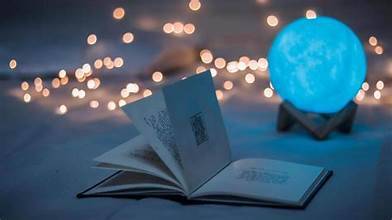
The influence of modern fairy tales extends beyond literature into various forms of media, including film, television, and digital platforms. These adaptations bring fairy tales to a wider audience, often with a contemporary twist that resonates with current social issues.
1. Film and Television
Modern fairy tales have found a prominent place in film and television. Disney, for example, has reimagined classic fairy tales with live-action adaptations such as “Cinderella,” “Beauty and the Beast,” and “Aladdin.” These films blend nostalgia with modern production techniques, appealing to both new and old audiences. Similarly, TV series like “Once Upon a Time” and “Grimm” integrate fairy tale elements into serialized storytelling, exploring complex characters and intertwining narratives.
2. Digital and Interactive Media
The rise of digital media has also transformed the way fairy tales are presented and consumed. Interactive platforms and video games incorporate fairy tale elements into immersive experiences. Games like “The Wolf Among Us” and “Kingdom Hearts” allow players to engage with fairy tale worlds in novel ways, blending narrative choices with interactive gameplay.
Thematic Exploration and Social Commentary
Modern fairy tales often delve into themes that reflect contemporary concerns, providing social commentary and exploring relevant issues. By updating traditional narratives, these tales address topics such as gender roles, identity, and social justice.
1. Gender Roles and Empowerment
Contemporary adaptations frequently challenge traditional gender roles. Modern fairy tales feature strong, independent female protagonists who defy the passive damsel-in-distress trope. For instance, Disney’s “Frozen” presents Elsa and Anna as empowered characters who take charge of their destinies, promoting messages of self-reliance and sisterhood.
2. Social Justice and Inclusion
Fairy tales also address social justice issues, offering critiques of societal norms and encouraging inclusivity. Works like “The Snow Queen” by Hans Christian Andersen have been reinterpreted to highlight themes of acceptance and empathy, reflecting a broader cultural shift towards social equity.
Conclusion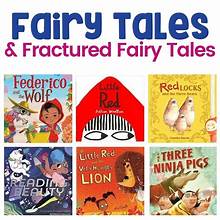
Modern fairy tales are significantly shaping contemporary literature and media. By reimagining classic narratives, embracing diversity, and addressing contemporary themes, these tales offer fresh perspectives and resonate with today’s audiences. Their influence is evident across various forms of media, from literature to digital platforms, demonstrating their enduring relevance and adaptability.
As modern fairy tales continue to evolve, they will undoubtedly inspire new generations of storytellers and audiences, ensuring their place in the ever-changing landscape of literature and media. Through their innovative approaches and cultural reflections, modern fairy tales will continue to captivate and challenge us, proving that even the oldest stories can be new again.

